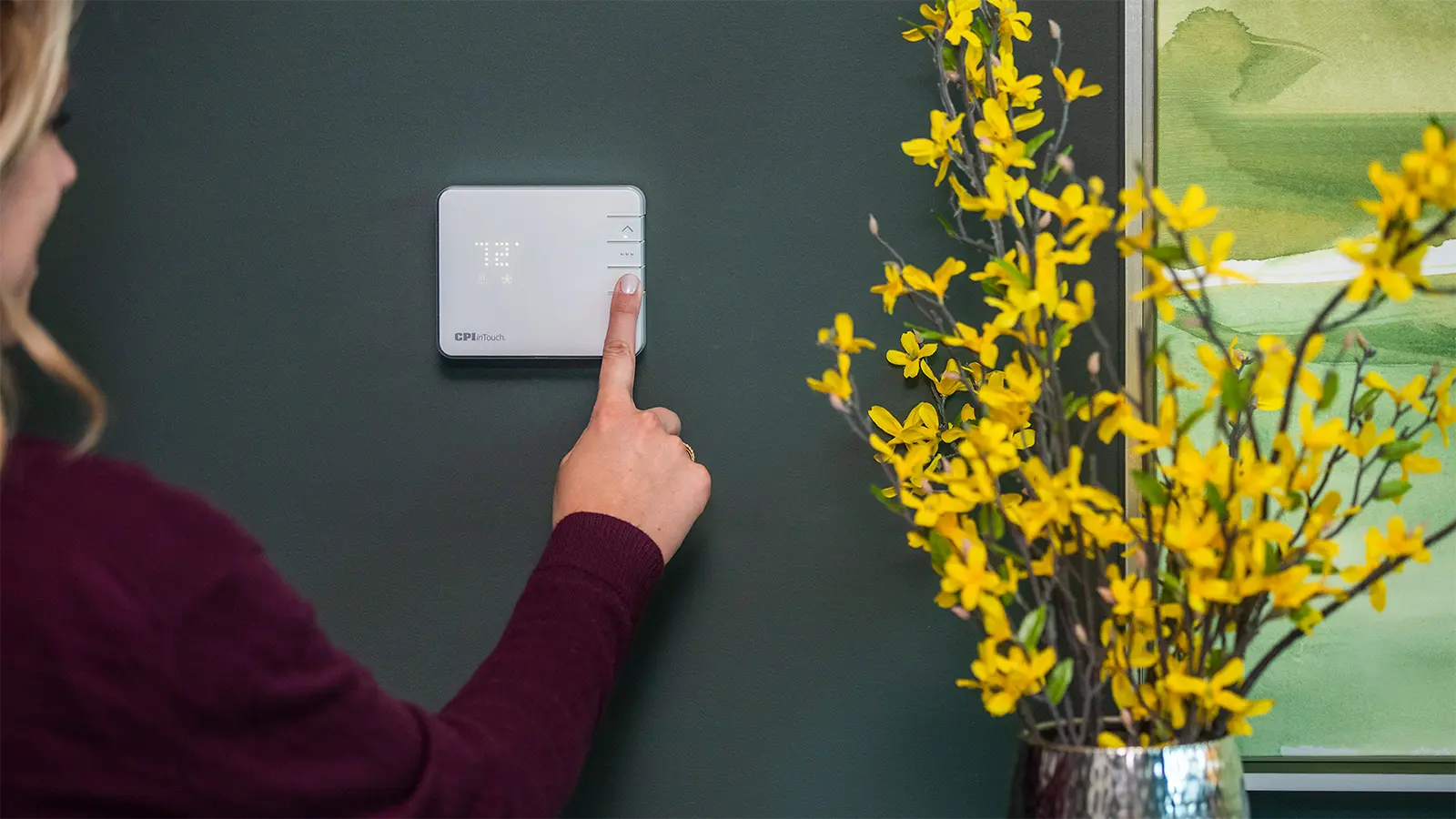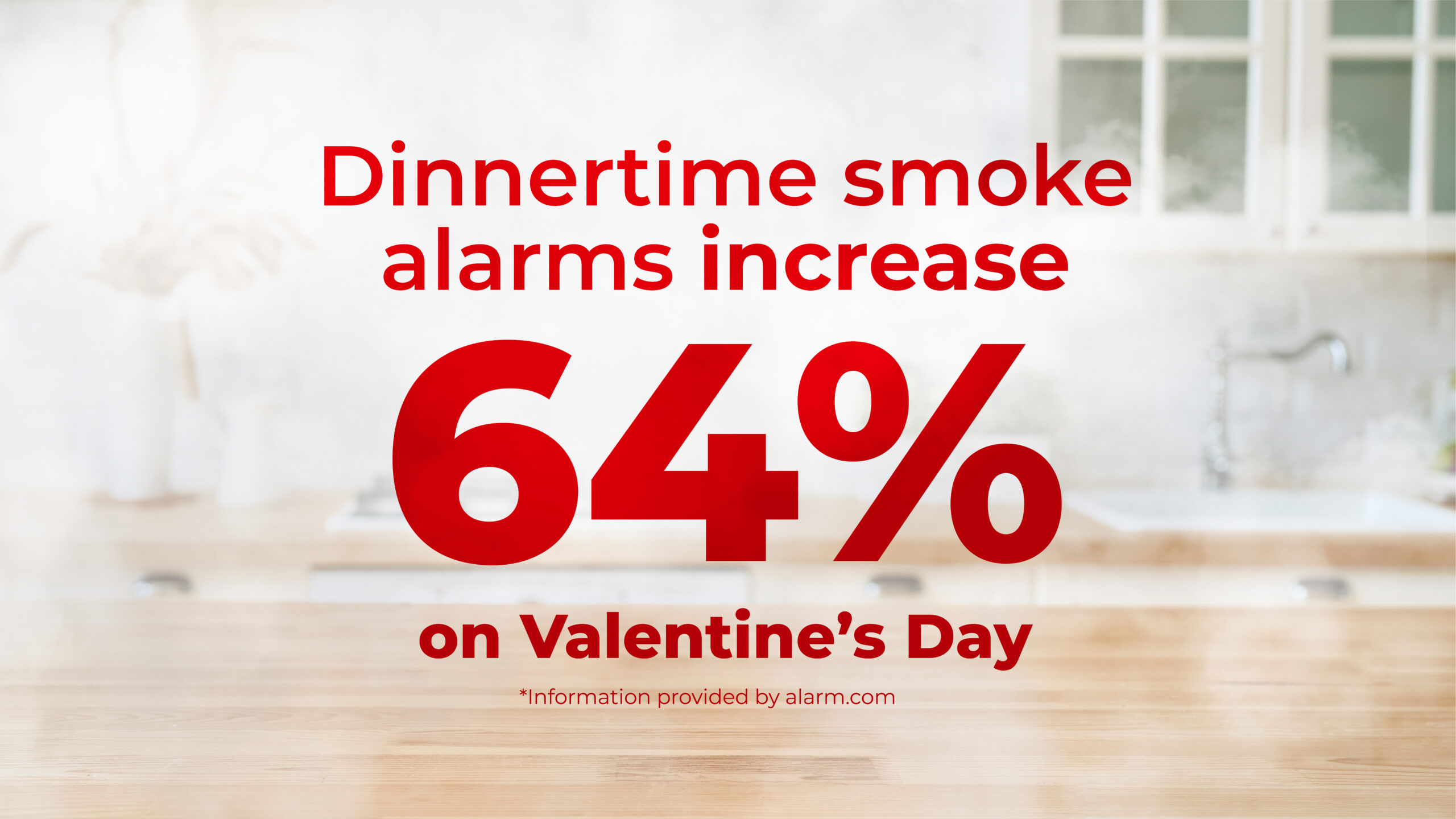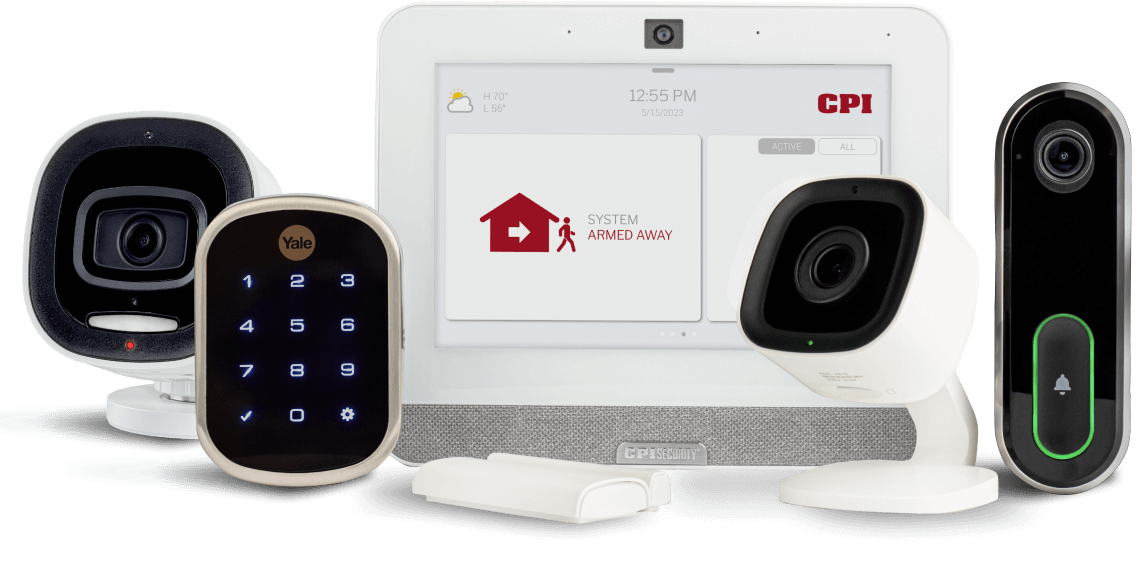We all want to be comfortable in our homes, no matter what time of year it is. But finding the best room temperature can be tricky without breaking the bank on electricity costs. So, what is that mythical perfect room temperature? How do you keep you and your family warm in the colder months, and cool in the summers?
The answer depends on a few different factors that go beyond just the season and time of day. Check out a few general guidelines for finding that ideal balance between cost and comfort. Let’s break it down.
A Few Facts About Room Temperature
What is Room Temperature Exactly?
It is the temperature of a room in your house and is determined mainly by your cooling and heating system. It also depends on external factors like weather and humidity.
What is the Average Room Temperature?
The optimal average room temperature falls into a range. So, the perfect temperature for you may differ from someone else, depending largely on your age, gender, health, geographic location and other factors.
That said, an average room temperature is between 68 degrees and 72 degrees Fahrenheit (~20° Celsius) in the daytime. In this range, a person doesn’t have to burn many extra calories trying to stay warm or to cool down.
Health Risks of Room Temperatures
Home temperatures between 64–75° F are generally considered safe and pose no health risks for adults with appropriate clothing and normal humidity conditions.
However, if your room temperature is outside of this range, there are a number of possible health risks, including heat stroke, hypothermia, and respiratory issues. So, it is best to keep your room temperature at home above 61 degrees at minimum, if possible.
What is the Best Temperature for Sleep?
If you’re like me, you crank your thermostat way down before heading off to bed. Though, many others can’t stand a chilly bedroom temperature, instead opting to fall asleep cozied up and warm. So, is there really a best temp for sleeping?
Yes, actually! According to Cleveland Clinic, the healthy and ideal temperature for sleeping is between 60 to 67 degrees F. As a rule of thumb, they recommend to think of your bedroom as a cave, “it should be cool, dark, and quiet to enhance your sleep.”
This is because the temperature does actually have an impact on your quality of sleep! When we sleep, the body’s internal temperature naturally decreases. This means that when your room gets too warm, it may interrupt your circadian rhythm and REM sleep, because the higher temp interferes with your body’s ability to lower its temperature in order to get a good night’s rest.
Temperature and Seasonality
What is the Best Temp to Keep Your House in the Summer?
When it’s hot outside, it can definitely be tempting to blast your air conditioner and turn that thermostat down to 65°. While you can do that of course, it isn’t really necessary. Anything around 68-70 degrees is enough to feel refreshing inside when it is hot outside. As an extra benefit, your electricity costs won’t be as high as if you had stuck to 65!
What is the Best Temperature to Keep Your House in the Fall or Spring?
Since both fall and spring are usually temperate, especially in the Southeast where CPI calls home, the best room temperature for these spring and fall is between 67–70° F.
What is the Best Temperature to Keep Your House in the Winter?
The average ideal room temp is around 68–72° F in the winter, depending on your personal preference.
Keep Your House the Perfect Temperature Year–Round with The CPI Smart Thermostat
Constantly adjusting your thermostat to find the perfect temp can be stressful and expensive. Luckily, adding a Smart Thermostat to your CPI Security system is easy and helps solve those temperature debates.
CPI Smart Thermostat is equipped with several features to provide you with a more convenient home heating and cooling experience. With CPI’s Smart Thermostat, you can:
- Cut costs with personalized automations that trigger based on factors like time of day, current room temperature, and whether people are home or away.
- Create custom schedules that fit your personal routine and adjust the inside temperature settings accordingly.
- Manage your home’s temperature even when you’re away by controlling it via the inTouch app right from your smartphone.
- Meet your energy efficiency goals and improve your energy savings by monitoring your power usage.
- Receive critical temperature alerts if it gets too hot or too cold.
What’s Your Best Room Temperature?
While ultimately this age-old room temp debate is mostly based on personal preference, there are more than a few factors that help narrow down our options. If you’re interested in how to save money, manage your cooling and heating bills, or improve your temperature regulation, contact us today to learn more about our smart thermostat and our suite of smart home security products.




